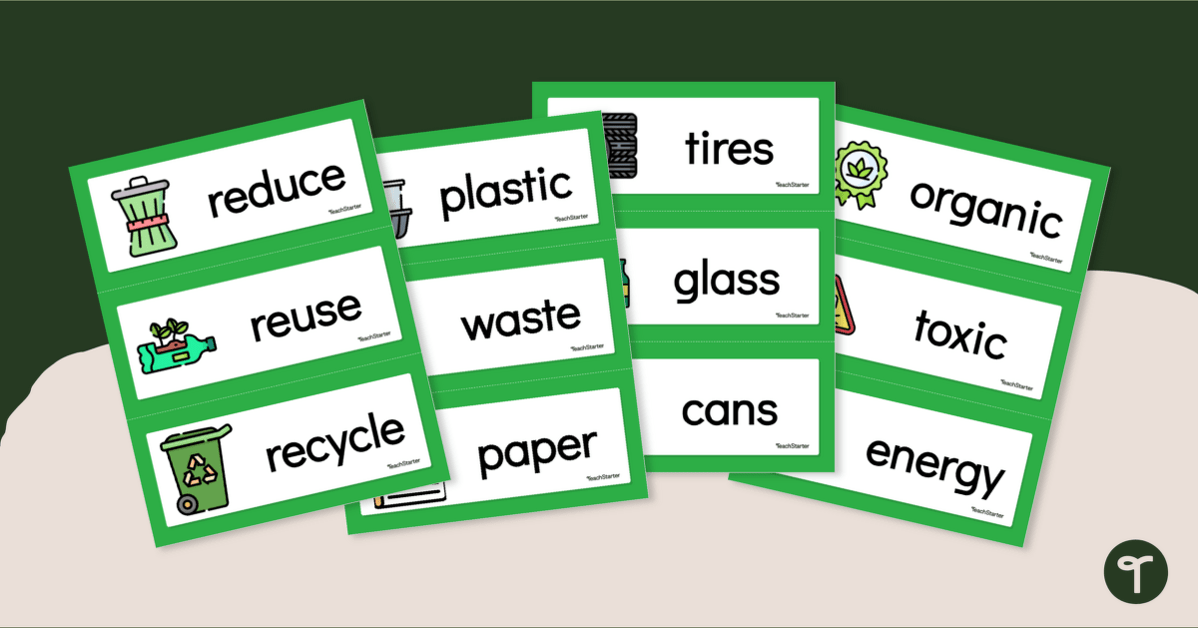Introduction:
Sustainability and recycling are two key aspects of conserving our planet’s resources, reducing waste, and creating a greener future for ourselves and future generations. One excellent way to teach these concepts, especially to young students, is through the use of anchor charts. An anchor chart is a visual representation that helps to break down complex ideas into more digestible, easy-to-understand information. In this article, we’ll explore 15 fantastic sustainability and recycling anchor charts that can aid in educating students on these critical topics.
1. The Three R’s of Sustainability:
This anchor chart highlights the essential principles of Reduce, Reuse, and Recycle. It demonstrates practical examples of each concept and emphasizes their importance in daily life.
2. Eco-Friendly Choices:
A comprehensive chart illustrating various eco-friendly choices that individuals can make to lead a more sustainable lifestyle. Examples include using reusable grocery bags, conserving water, and using public transportation.
3. Understanding Landfills:
This anchor chart helps students understand the concept of landfills, their impact on the environment, and why recycling is essential in reducing landfill space.
4. The Lifecycle of Recyclable Materials:
This visual guide breaks down the lifecycle of commonly recycled materials such as paper, plastic, glass, and aluminum cans. It highlights the energy saved through recycling and emphasizes its positive impact on the environment.
5. Composting Basics:
An informative anchor chart on composting basics highlights the benefits of composting organic waste and how to start a simple compost pile at home.
6. The Importance of Trees:
Explains the vital role trees play in our ecosystem as well as why preserving forests can help reduce climate change.
7. Sustainable Transport:
Introduces various sustainable transportation options like biking, walking, carpooling, or using electric vehicles to help reduce greenhouse gas emissions.
8. Saving Energy at Home:
A detailed chart with energy-saving tips to reduce energy consumption in households, such as switching off lights, using energy-efficient appliances, and more.
9. The Impact of Plastic Pollution:
Showcases the harmful effects of plastic pollution on marine life and the environment while providing solutions for cutting back on plastic usage.
10. Water Conservation Tips:
Shares simple yet effective water conservation tips that can be easily implemented at home or school.
11. The Benefits of Growing Your Own Food:
Highlights the advantages of growing your vegetables and herbs while teaching about organic gardening practices that promote eco-friendly living.
12. Creating a Greener School:
Suggests practical ways students and staff can work together to make their school more sustainable, such as by recycling or using renewable energy sources.
13. The Negative Effects of Fast Fashion:
A critical chart discussing the harmful environmental impacts of fast fashion, urging individuals to make more conscious choices when shopping for clothing.
14. Endangered Species Awareness:
Raises awareness about endangered species impacted by human activities and stresses the importance of preservation and conservation efforts.
15. Taking Action for Sustainability :
A motivational chart encouraging students to take action towards sustainability by practicing good habits and spreading awareness among their peers.
Conclusion:
These 15 fantastic sustainability and recycling anchor charts offer creative visual representations to encourage education and inspire students to adopt more eco-friendly habits. Teachers can use these charts in their classrooms or schools to spark discussions on sustainability, recycling, and environmental responsibility. By incorporating these concepts into daily life, we can all contribute to a greener future for our planet.

